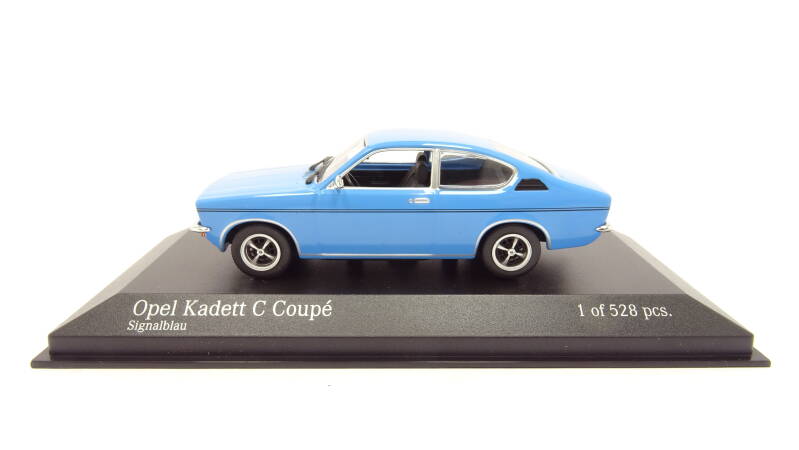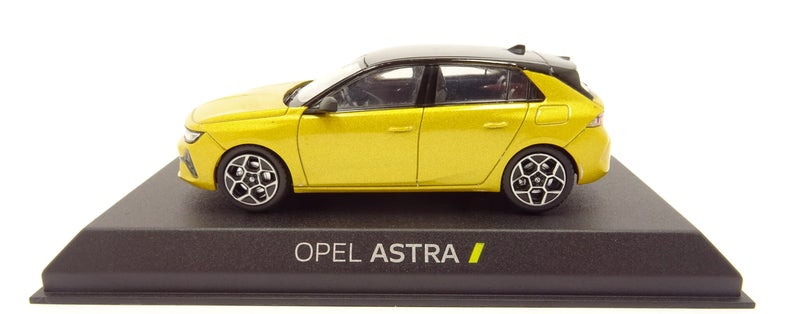

Opel traces its roots to a sewing machine manufacturer founded by Adam Opel in 1862 in Rüsselsheim am Main.
Opel Automobile GmbH usually shortened to Opel, is a German automobile manufacturer which is a subsidiary of Stellantis since 16 January 2021. It was owned by General Motors from 1929 until 2017 and the PSA Group, a predecessor of Stellantis, from 2017 until 2021. Opel vehicles are sold in the United Kingdom, Isle of Man and Channel Islands under the Vauxhall brand. Some Opel vehicles were badge-engineered in Australia under the Holden brand until 2020 and in North America and China under the Buick, Saturn, and Cadillac brands.


Headquarters: Opel AG, Rüsselsheim, Germany, 1899-1929

Parent: General Motors, Detroit, Michigan, United States, 1929-2017

Parent: PSA Group, Rueil-Malmaison, France, 2017-2021

Parent: Stellantis, Hoofddorp, Netherlands, 2021-now

KAD

Opel's top-ranging models were traditionally the Admiral and Kapitän, introduced in 1938 and 1937 respectively. In 1964, these models were joined, in the so-called "KAD" (Kapitän, Admiral, Diplomat) range, by the new Opel Diplomat. In most respects the three were badge-engineered versions of the same vehicle.
"The Big Three" were available with 2.6-litre and 2.8-litre six-cylinder petrol engines or a V8-Chevrolet small-block engine (4.6-litre). The Opel Diplomat is a luxury car manufactured by Opel from 1964 to 1977.










The Opel Kadett is a small family car produced by the German automobile manufacturer Opel from 1936 until 1940 and then from 1962 until 1991 (the Cabrio continued until 1993), when it was succeeded by the Opel Astra. The first Opel car to carry the Kadett name was presented to the public in December 1936 by Opel's Commercial-Technical director, Heinrich Nordhoff, who would in later decades become known for his leadership role in building up the Volkswagen company.

set of kadet sedan and coupe https://www.youtube.com/watch?v=TXS8W10eZ6Y












set of kadett e Opel Kadett E Cabriolet & Hatchback






The Opel Rekord is a large family car which was built in eight generations by the German car manufacturer Opel. Between 1953 and 1986, approximately ten million were sold. In 1986, the Rekord nameplate was replaced by the Opel Omega. The Rekord name evolved into the main name of the model; at first the name was used in close relationship with the Opel Olympia name, which pre-dated the Rekord but was also reinstated in a separate model in 1967.







The Opel Ascona is a large family car (D-segment in Europe) that was produced by the German automaker Opel from 1970 to 1988. It was produced in three separate generations, beginning with rear-wheel-drive and ending up as a front-wheel drive J-car derivative. The Ascona was developed to fill the gap in the Opel range as the Opel Rekord was gradually growing in size.
The Ascona took its name from the lakeside resort of that name in Ticino, Switzerland, and already in the 1950s a special edition of the Opel Rekord P1 was sold as an Opel Ascona in Switzerland.


set of ascona Opel Ascona A


The Opel Corsa is a supermini car engineered and produced by the German automobile manufacturer Opel since 1982. Throughout its existence, it has been sold under a variety of other brands owned by General Motors (most notably Vauxhall, Chevrolet, and Holden) and also spawned various other derivatives.
At its height of popularity, the Corsa became the best-selling car in the world in 1998, recording 910,839 sales with assembly operations in four continents and was sold under five marques with five different body styles. By 2007, over 18 million Corsas had been sold globally.




The Opel Calibra is a coupé, engineered and produced by Opel between 1989 and 1997. In the United Kingdom it was marketed under the Vauxhall brand as the Vauxhall Calibra. It was also marketed as the Chevrolet Calibra in South America by Chevrolet, and the Holden Calibra in Australia and New Zealand by Holden.




The Opel Vectra is a mid-size car (large family car) that was engineered and produced by the German automaker Opel from 1988 until 2010. Available in saloon, hatchback and estate (from model year 1997 onwards) body styles, the Vectra was also sold by the Vauxhall marque in the United Kingdom as the Vauxhall Cavalier from 1988 to 1995 and then as the Vauxhall Vectra from 1995 to 2008, and it was also sold by Holden in Australia as the Holden Vectra, by Chevrolet in Latin America as the Chevrolet Vectra.
The Vectra was introduced in October 1988 as a replacement for the Opel Ascona, and was itself replaced in November 2008 by the new Opel Insignia, the nameplate spanning three generations and almost twenty one years.






The Opel Astra is a compact car/small family car (C-segment) developed and produced by the German automaker Opel since 1991, currently at its sixth generation. It was first launched in September 1991 as a direct replacement to the Opel Kadett. As of 2022, the car slots between the smaller Corsa supermini and the larger Insignia large family car.








The Opel Insignia is a large family car (D-segment in Europe) developed and produced by the German car manufacturer Opel from 2008 to 2022. Taking its name from a 2003 concept car, the model line serves as the flagship model, slotted above the Astra and Corsa in size. The Insignia serves as the successor to both the Signum and Vectra model lines, replacing both vehicles under a single nameplate. Currently in its second generation, the model line is offered in four-door sedan/saloon body styles, five-door liftback, and as a five-door station wagon/estate.



set of insignia sedan and tourer Opel Insignia A Set (youtube.com)

set of insignia sedan and tourer Opel Insignia B Sedan & Tourer (youtube.com)








1862-1866
1888-1889
1889-1893
1893-1899
1899
1899-1902
1902-1906
1906-1909








1909-1910
1910-1921
1921-1928
1924-1937
1928
1929-1937
1930-1936
1936








1936-1952
1937-1938
1937-1947
1937-1950
1938-1947
1947-1957
1950-1970
1951-1953








1952-1964
1953-1956
1954-1959
1956-1957
1957-1959
1959-1963
1963-1964
1964-1970








1964-1970
1968
1970-1978
1978-1987
1987
1987-2002
1991-1995
1995-2002







2002-2007
2007-2009
2009-2017
2016
2017-2020
2020-2023
2023-now











































Create Your Own Website With JouwWeb